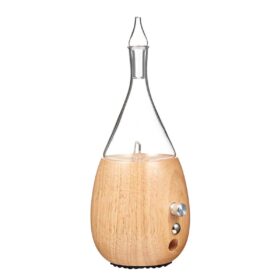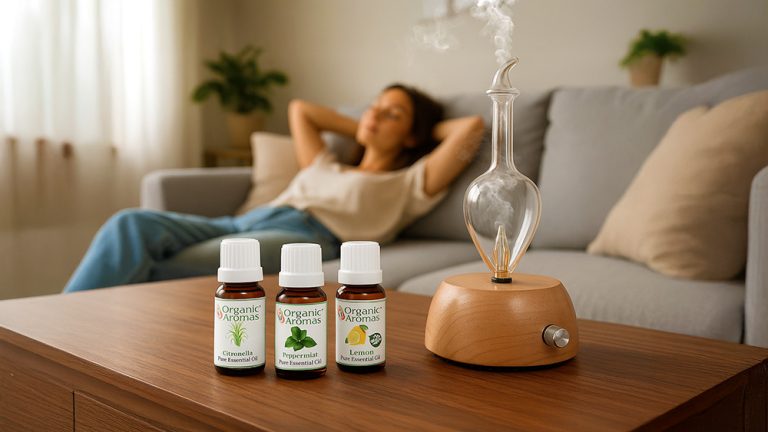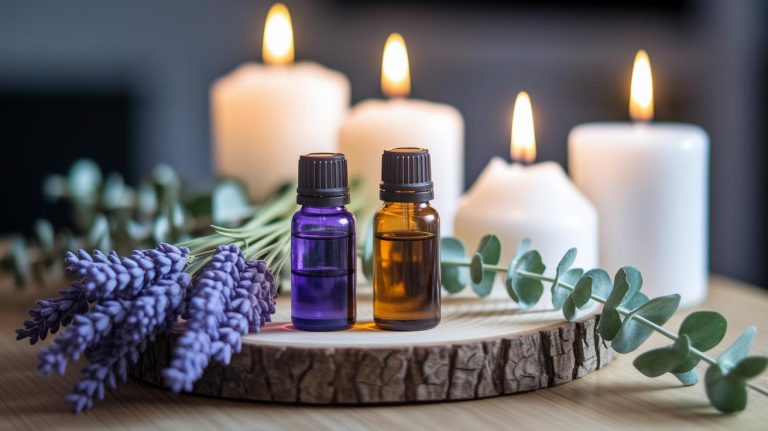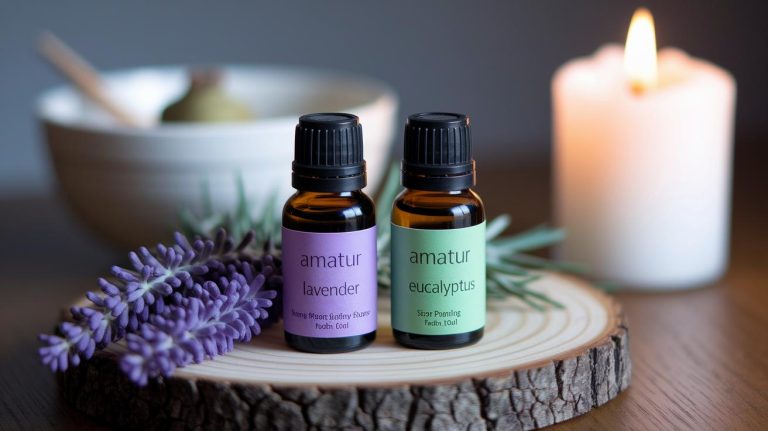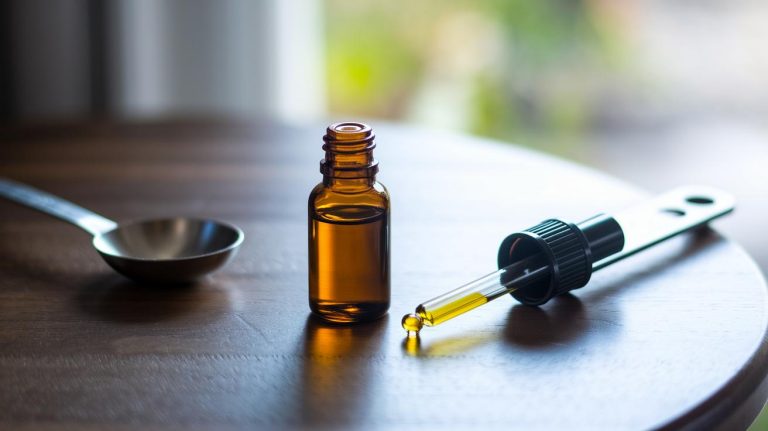8. How Are Essential Oils Made Naturally Potent
Have you ever breathed in a single mist of lavender or a burst of citrus and felt your spirits lift? It’s amazing how tiny drops of nature can brighten your day.
At Organic Aromas, we guide you from fresh blossoms, leaves, and peels to pure, naturally potent essential oils. We believe every diffuser moment should feel like a gentle spa ritual at home. So we use four careful methods to draw out those fragrant molecules.
Here’s how:
• Steam distillation (warm water vapor that pulls out the scent)
• Solvent extraction (gentle liquids that draw out the oils)
• Cold-pressing (squeezing citrus peels by hand)
• Supercritical CO2 (pressurized carbon dioxide gas that captures every fragrant note)
Each step keeps those aroma molecules vibrant and ready to fill your space with calm and clarity. Breathe. Relax.
Comprehensive Overview of How Essential Oils Are Made
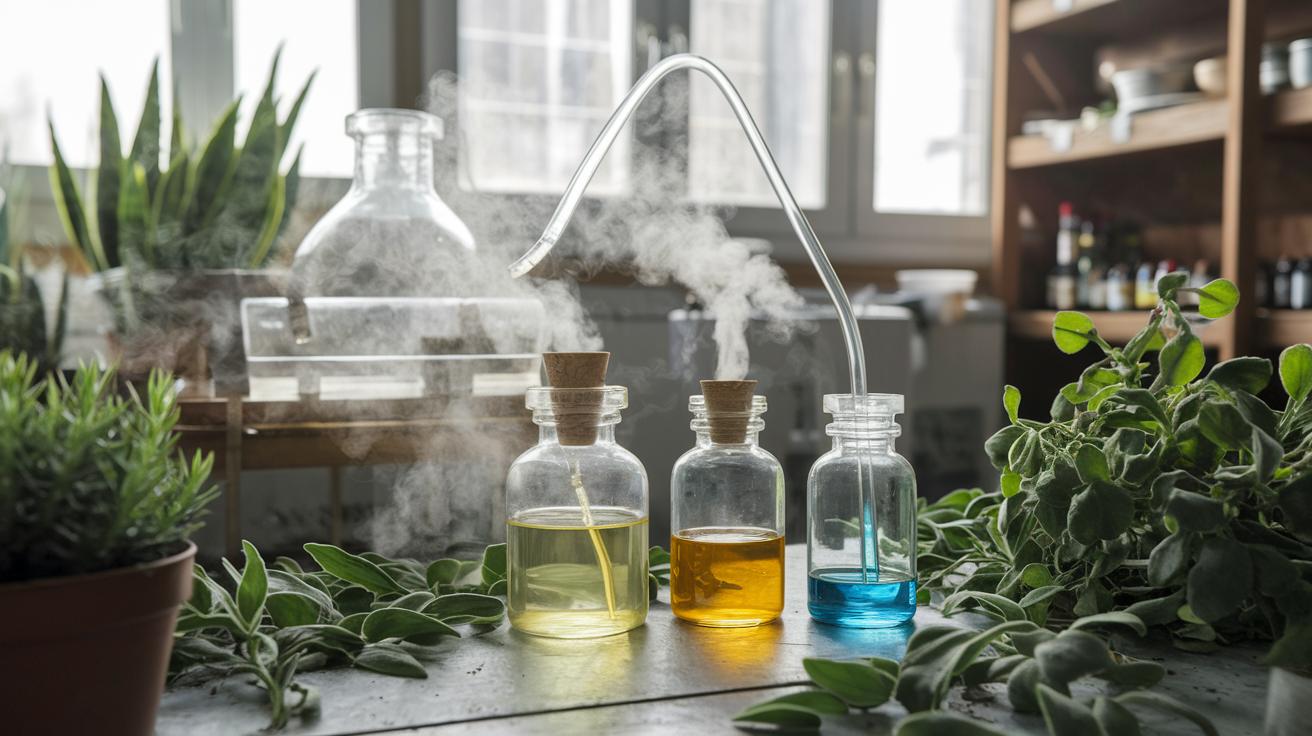
Have you ever noticed how a single drop of lavender fills a room? At Organic Aromas, we think of essential oils as nature’s concentrated bouquets. These are plant extracts holding volatile aromatic compounds (molecules that carry scent). They bring a soft swirl of aroma and gentle calm when a Raindrop® diffuser uses nebulizing (a way to spray pure oil mist) to spread scent.
Essential oils come from four main extraction methods:
- Steam distillation (using steam to pull oils from plant material): warm steam coaxes fragrant compounds from flowers, leaves, or herbs. Think of it like a sauna for plants that releases fragrant mist.
- Solvent extraction (using food-safe solvents to draw out oils): solvents slip into delicate blooms like jasmine, then yield a fragrant paste that’s washed into pure oil.
- Cold-pressing (mechanical squeezing) crushes and presses citrus peels to release oil without heat or chemicals.
- Supercritical CO₂ extraction (using CO₂ under high pressure and mild heat) captures both light and heavy aromatic molecules in one go.
Yields can vary a lot. Um, rose petals might need tons of blooms for just a few drops of oil. But citrus peels give you more oil from less peel.
Behind each method is a set of equipment you’ll find in an extraction lab:
- Industrial boilers or steam generators feeding stainless steel stills that catch fragrant vapor.
- Condensers that cool vapor back into liquid so phase separators can pull oil away from water or solvent.
- Mechanical expression machines with spiked drums and centrifuges (machines that spin fast to separate oil) to wring out citrus oil.
- High-pressure vessels (tanks built to hold supercritical CO₂) and chillers that keep CO₂ in its special state.
Next, we’ll explore each technique step by step, share tips on preparing plant material, and show how we check every batch for purity and potency.
Raindrop – Nebulizing Diffuser®
Raw Plant Material Selection & Preparation for Essential Oil Production
At Organic Aromas, whether it’s for our Raindrop® or Radiance® diffusers, we know that picking the right plants sets the stage for potent oils. Think of lavender flowers at full bloom, their soft scent promising 1 kilogram of oil from every 100 kilograms you harvest.
Fresh blooms hold extra moisture content (amount of water), which can soften the aroma. Dried botanicals concentrate fragrance molecules, offering a stronger scent.
Aim for moisture content between 10 and 20 percent so steam distillation (using hot steam to extract oils) or cold-press extraction (pressing oils mechanically without heat) can capture the fullest aroma. Timing really matters. Pick blossoms at peak bloom or zest citrus peels right after harvest to bring out the brightest notes.
Drying is an art. Air-drying in a shaded, airy spot or using a low-temperature oven keeps heat-sensitive compounds intact. You also want plant bits all the same size. Grinding (chopping into small pieces) increases surface area so your steam or solvent can sweep up every drop.
And never forget water quality. Hard or overly soft water can subtly change how aroma compounds separate in the condenser (where steam turns back into liquid).
Here’s a simple prep routine:
- Harvest plants at their peak scent.
- Clean and sort to remove dirt and debris.
- Gently dry to reach 10–20 percent moisture.
- Grind plant bits for even size.
- Adjust moisture one last time before extraction.
Every batch starts pure, evenly dried and sized. Then you’re ready for extraction to pull out all that aromatic goodness.
Breathe in.
Imagine the mist.
That’s nature at its best.
Steam Distillation Process in Essential Oil Manufacturing
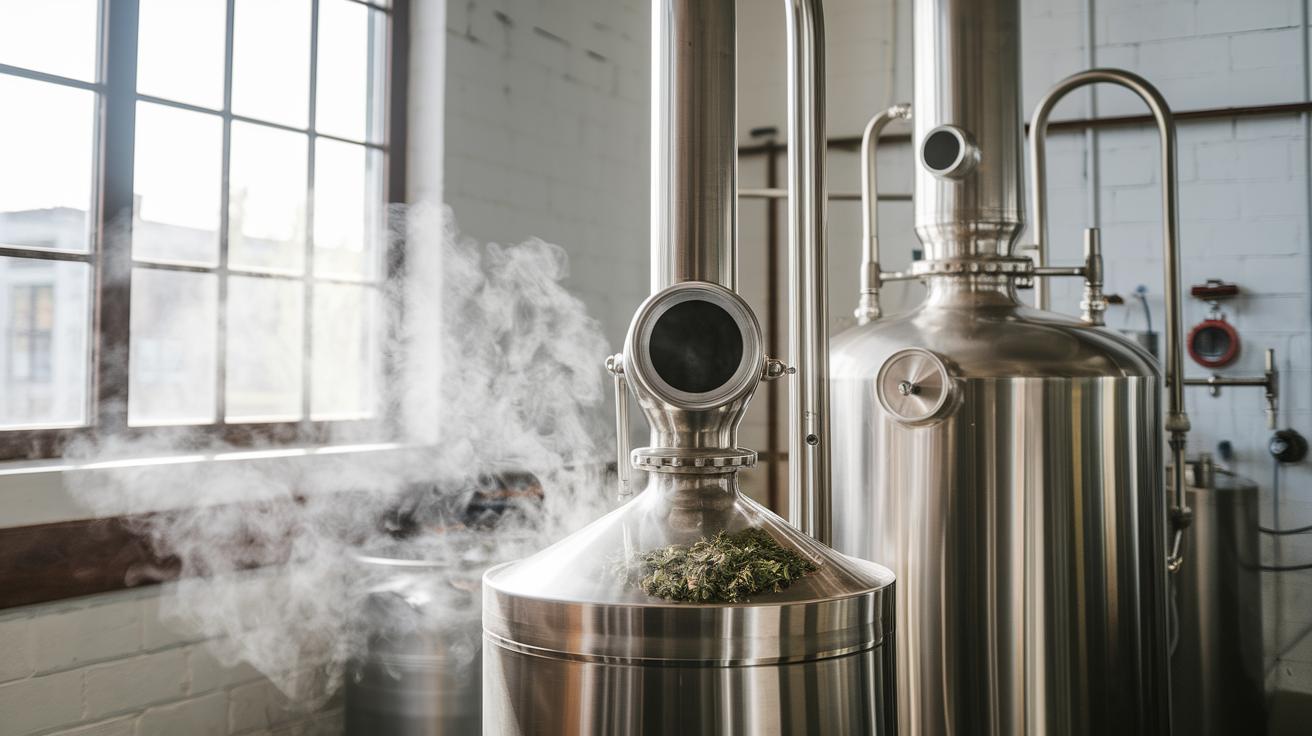
We at Organic Aromas start with steam distillation (a method that uses steam under about 1-2 atm of pressure and heated to 140-212 °F to gently draw out plant aromas). The steam flows through fresh or dried botanicals, turning the oils into a fragrant vapor that drifts into a cooled coil. In hydrodistillation (where plant bits float in boiling water) the steam still lifts the oils, but from water rather than dry steam. The vapor cools without harsh heat, keeping those delicate notes intact.
First, a steam generator makes a soft mist that meets the botanicals in a sealed pot. Next, that mist carries the scent through a metal coil cooled by fresh water. Inside the coil it turns back into a blend of oil and hydrosol (flower water). Then a simple phase separator (a tool that gently splits liquids by weight) divides the pure oil from the hydrosol.
For small batches we hand-load each cycle. But with a continuous setup we keep feeding in fresh plant matter and collect more oil as we go. It’s a smooth way to boost output without losing aroma quality.
Once the mix reaches the separator, most oils float on top and we skim them off. Denser oils like clove sink down and flow out separately. Have you noticed how a tiny tweak in steam heat changes the smell? Lower temperatures keep soft floral scents. A bit more steam pressure helps pull up the heavier, spicy molecules. That careful balance shapes both the yield and the bright aroma in every drop.
| Stage | Description | Temperature/Pressure |
|---|---|---|
| Loading & Steam Generation | Steam meets botanicals in the still pot | 140-212 °F 1-2 atm |
| Vapor Passage | Steam carries aroma vapor out of the still | Batch or continuous flow |
| Condensation | Vapor cools in water-cooled coil into liquid | Cool water temp |
| Oil–Water Separation | Oil floats and hydrosol settles in separator | Gravity split |
how are essential oils made Naturally Potent
At Organic Aromas, we start with cold-press (mechanical extraction method that uses no heat or chemicals). A spiked drum gently rasps citrus peels, opening tiny oil glands. Those tiny droplets tumble into a basin below. Imagine a soft cascade of bright, sunny mist lifting straight from the rind.
Then a gentle stream of water carries peel bits into a spinning chamber. A centrifuge (machine that spins rapidly) whirls them in seconds, separating clear oil from water. You end up with a full-spectrum oil (complete mix of natural compounds) rich in limonene (the molecule behind citrus’ fresh scent) and other fragrant notes. Have you noticed how a single drop can brighten a room?
And since we never use steam or solvents, every aroma compound stays intact. It’s like capturing morning sunshine in a bottle. But here’s the thing: you need heaps of peel for just a few ounces of oil, and phototoxic furanocoumarins (natural peel compounds that can make skin sensitive to sunlight) can hang on too. That’s why cold-press is our go-to when purity and bright aroma matter most.
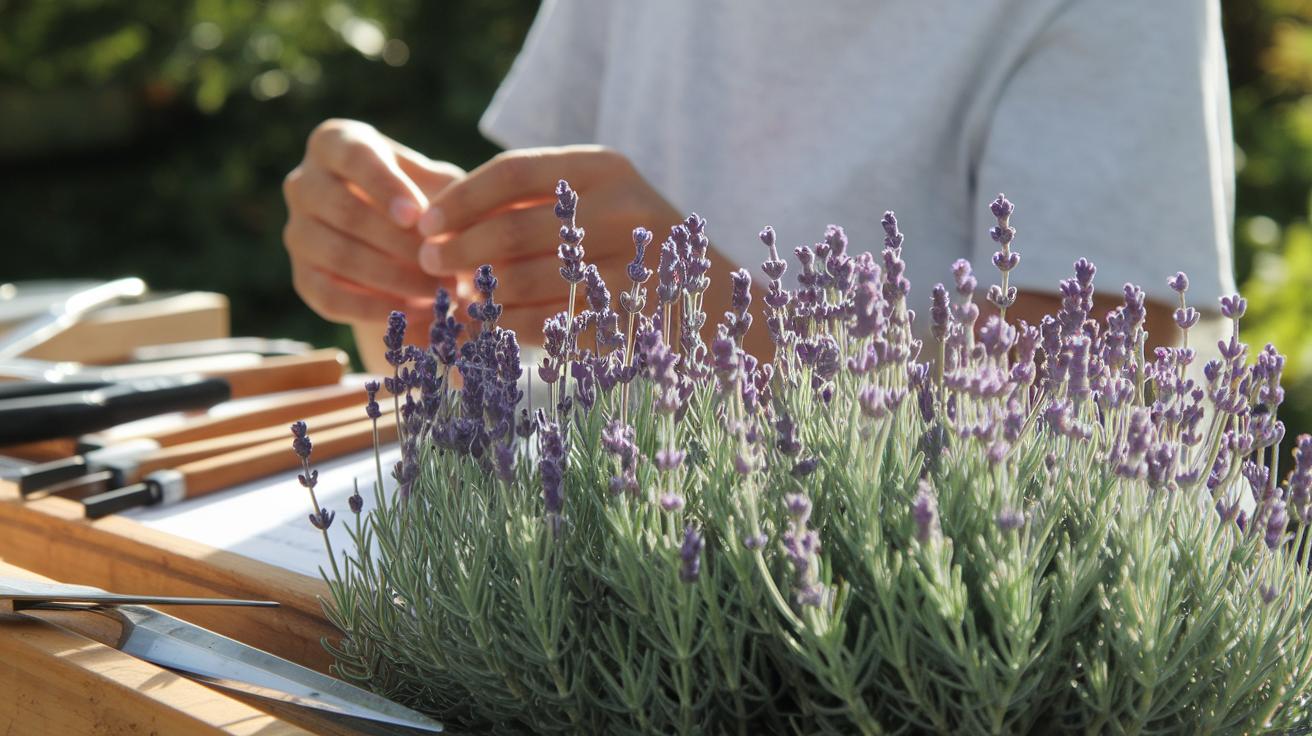
how are essential oils made Naturally Potent
At Organic Aromas, we believe nature deserves a gentle touch. Over the years, we’ve refined methods that pull out each plant’s vivid scent without losing its soul.
Solvent extraction uses food-grade liquids like hexane or ethanol to slip into delicate petals. We start by soaking blossoms or resin in the solvent, drawing out aromatic molecules and plant waxes. What you end up with is a thick, waxy “concrete” (a raw blend of oils and fats).
Next, the concrete meets alcohol in a rotary evaporator (a spinning chamber that warms gently). This step washes away the wax and leaves you with a pure “absolute,” a highly concentrated aromatic extract. You’ll need sealed tanks, vacuum pumps to lower boiling points, and condenser coils to recover alcohol. While this method boosts yield from fragile flowers, tiny solvent traces can remain and it may not earn USDA Organic status.
But have you heard of supercritical CO₂ extraction? It presses carbon dioxide to about 3,000 psi and 95–100 °F so it acts like both a liquid and a gas. CO₂ then slips into plant cells to pull out light and heavy scent compounds without steam heat. When we release the pressure, the CO₂ returns to gas, leaving behind a thick, true-to-plant oil.
Maceration is simple and homey. We soak finely cut botanicals in a carrier oil like jojoba or sunflower for about seven days, giving the jar a gentle shake now and then. After straining, we mix in 5 percent Vitamin E (an antioxidant) to keep oils fresh for roughly a year. This method needs no fancy machines, just jars and time, and works well for massage blends with a mild aroma.
Enfleurage preserves the art of scent by spreading odorless fats on flat glass trays and laying fresh petals on top for days or weeks. As the fat absorbs the fragile aroma, we swap in new petals. Then a wash with food-grade ethanol draws out the perfume and we let it air-dry, preserving the flower’s purest notes. This process needs lots of space, petals, and patience, so it’s reserved for rare blooms.
Post-Extraction Handling & Quality Control of Essential Oils
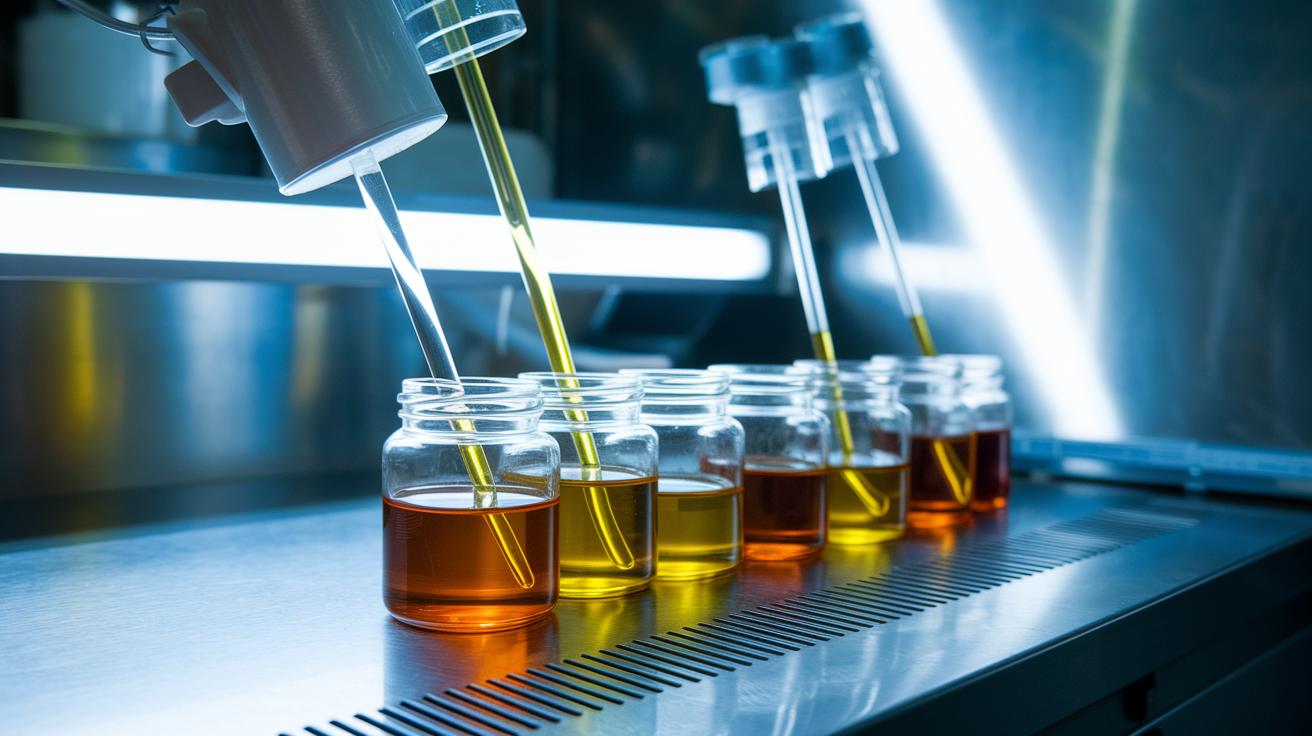
At Organic Aromas, once steam distillation finishes we start with decantation (pouring off lighter oil from heavier water). This simple step in a glass jar removes most of the hydrosol (aromatic water byproduct). Then we use a centrifuge (a machine that spins fast to split liquids by weight) to whisk away any remaining water, plant waxes, or tiny debris.
Our hydrosols, which are about 99.95 percent water, get set aside for floral mists or gentle toners. The pure oil moves on for deeper cleaning.
Next comes chilled filtration and phase fractionation (cold separation of oil layers by molecular weight) to isolate the cleanest drops. Then each batch goes through GC-MS profiling (a test that maps each molecule) to check signature scent compounds. After that, we measure refractive index (how light bends through the oil) and specific gravity (the oil’s density) to confirm strength and purity.
Every drop also goes through pesticide and solvent residue screening for safety. And finally, our trained noses perform a sensory evaluation. A perfect lavender oil should smell just like sun-warmed blossoms. Have you felt that gentle meadow breeze?
Once it’s approved we bottle the oil in amber glass with airtight caps to keep out light and oxygen. Then we tuck the bottles into cool, dark cabinets where temperatures stay steady. That careful environment slows oxidation (when oil turns stale) and keeps each bottle lively for up to three years.
Breathe in that confidence. Every bottle has passed the microscope and the tasting table so you can trust the mist in your Raindrop®, Radiance®, Opulence®, Exquisite®, or Mobile-Mini 2.0 diffuser.
Industrial vs. Home-Scale Distillation: Equipment & Workflow for Essential Oil Production
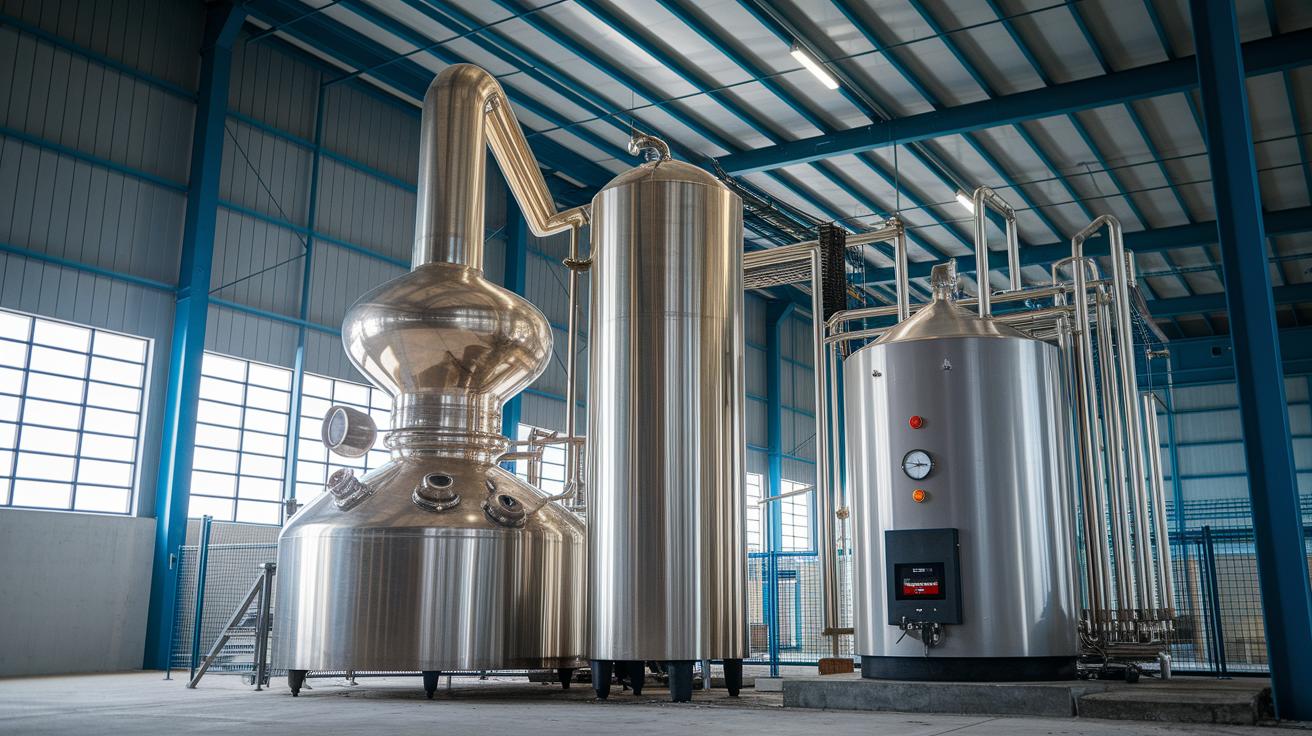
Have you ever wondered how a single drop of lavender oil begins its journey? Industrial essential oil makers fire up giant stainless steel stills with automated steam boilers. You’ll hear a steady hiss as steam (hot water vapor) carries aroma through high-capacity condensers (cooling units that turn vapor into liquid). Then centrifuges spin off extra water, leaving pure oil. It’s a system that handles tons of plant material daily, so yields soar while labor stays steady.
And on the flip side, home-scale or lab distillation feels like giving your kitchen table a spa day. You heat water in a kettle or small boiler and guide steam through dried herbs or flowers sitting in glass or aluminum stills. Typical batches stay under ten kilograms, so it’s hands-on, flexible, and perfect for experimenting with blooms or leaves. It won’t match industrial output, but it’ll fill your space with fresh, floral mist. Breathe deep.
Bigger batches do boost efficiency, more oil per hour, yet they demand strict safety steps. Pressure vessels (containers built to hold steam safely) need regular inspections. Gauges must be calibrated to show exact steam levels. And certified relief valves are on standby to release pressure spikes. Every operator should train in boiler and vessel safety. That way, you get each drop of lavender or eucalyptus without worry.
Final Words
Covering plant prep, steam distillation, cold-press, solvent extraction and CO₂ extraction, this guide walks through each key step. Choosing plant parts, controlling moisture and grinding boost your yield.
You see how steam, cold-press and solvent methods keep aroma profiles intact and follow simple safety tips. You’ve got a look at filtration, testing and the workflow for both home-scale and factory setups.
You now have a clear picture of how are essential oils made, ready to fill your space with pure, calming aromas. Enjoy creating a spa-like atmosphere at home with confidence and calm.
FAQ
What are essential oils used for?
Essential oils are used for aromatherapy (scent-therapy to support mood), natural cleaning, skincare, reducing stress, boosting focus, freshening indoor air, and adding natural fragrance to candles, lotions, or diffusers.
How are essential oils extracted?
Essential oils are extracted through steam distillation (vaporizing volatile compounds), cold press (mechanical peeling for citrus oils), solvent extraction (food-grade solvents make concrete and absolutes), and supercritical CO₂ (low-heat high-pressure separation).
How can I make essential oils at home?
You can make essential oils at home by steam distilling fresh plant material in a small pot with a lid and ice, collecting condensed liquid, or by macerating leaves in a carrier oil, then straining.
How is lavender essential oil made?
Lavender essential oil is made by steam distillation of fresh lavender flowers, where steam carries aromatic compounds to a condenser, then the oil separates from hydrosol in a separator bowl.
What are the 7 essential oils?
The seven classic essential oils are Lavender, Tea Tree, Peppermint, Lemon, Eucalyptus, Frankincense, and Rosemary.
What is the 30 50 20 rule for essential oils?
The 30/50/20 rule for essential oil blends refers to using 30% top-note oils (bright citrus or herbal scents), 50% middle-note oils (floral or spice), and 20% base-note oils (wood, resin, or root).
Are essential oils natural or synthetic?
Essential oils are natural plant extracts (concentrated volatile compounds) obtained without synthetic chemicals, though some commercial blends may include additives for stability or aroma consistency.


